Jewellery houses woo VIPs with first dibs to high ticket items
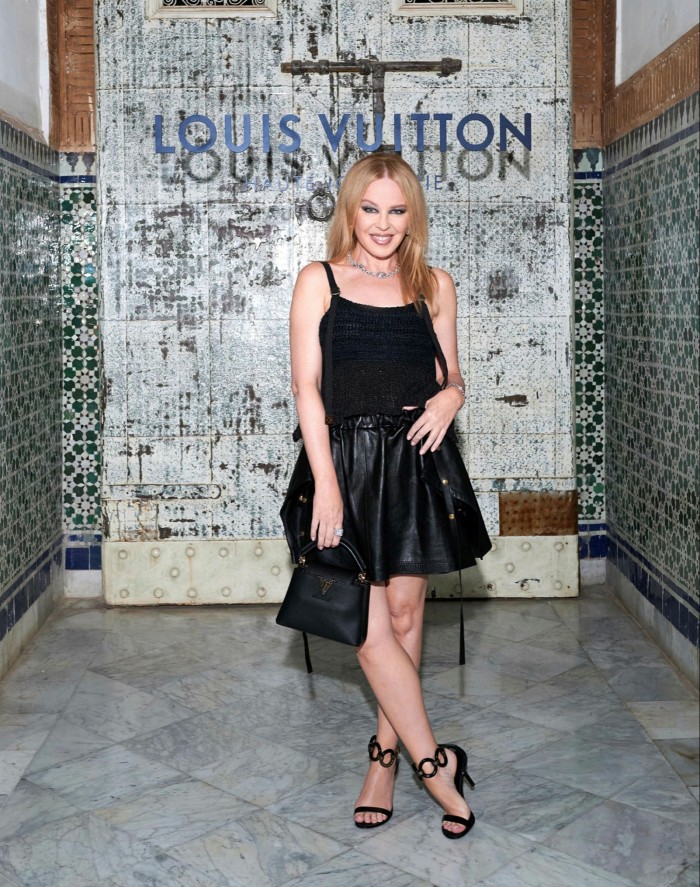
Roula Khalaf, Editor of the FT, selects her favourite stories in this weekly newsletter.
As high-end clients descend on Paris this week for the haute couture shows, prospective buyers may be surprised to find out that some of the high jewellery pieces have already been snapped up.
This is thanks to brands having hosted their most important clients at exclusive events taking place in glamorous locations before the main shows.
Travelling is very much at the heart of such private events, with clients being flown in from all over the world to be offered first refusal on brands’ latest creations. “Jewellery is intrinsically connected to various countries, various industries, and various clients around the world,” says Louis Vuitton chair and chief executive Michael Burke. “You cannot think of jewellery without thinking of a stone being mined in one country, being cut in another, polished in a third country, mounted and set in a fourth country and sold in a fifth country.”
Last month, Louis Vuitton unveiled its 125-piece Spirit high jewellery collection, the maison’s largest yet, which notably features stones custom-cut in the house monogram shape. Held over several days in Marrakesh, the occasion was a gathering that Burke says was “natural and necessary”, especially after successive global lockdowns.
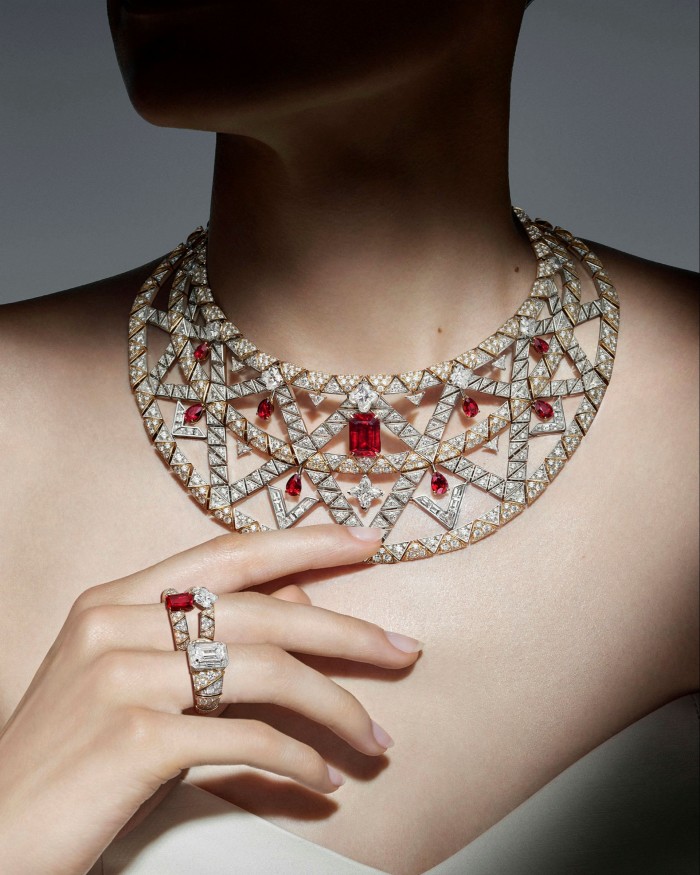
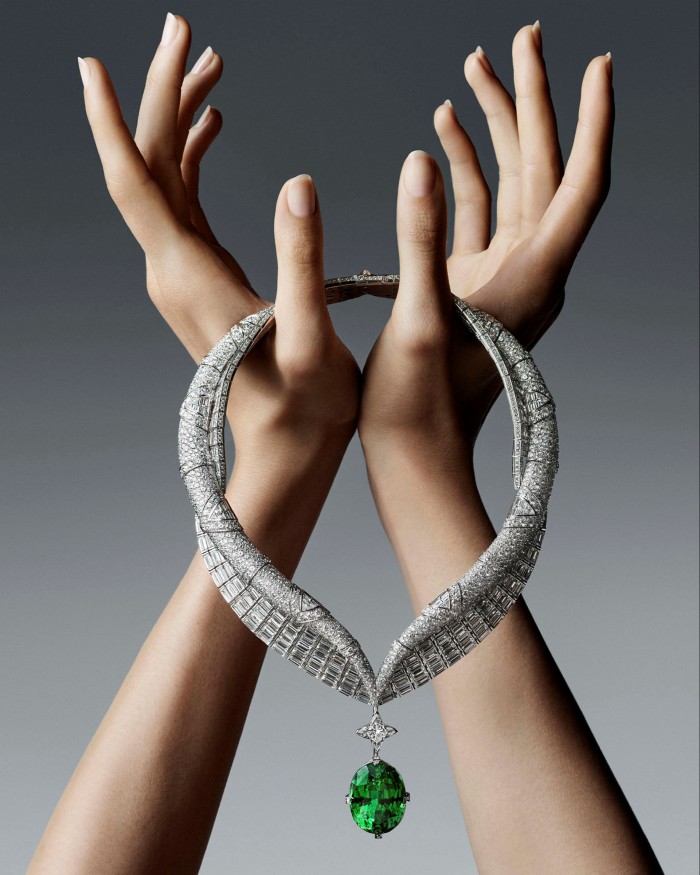
“Customers are looking for an authentic physical relationship — they’re not looking for Zoom,” he says. The tangible quality of stones is also a factor. “They are not inert matters. They glow and they have a soul. Seeing them needs to happen physically.”
The majority of clients in Marrakesh had attended Louis Vuitton’s high jewellery events in the past. Burke says recurring events are important for “nourishing and building trust”, especially for such high-ticket items that can easily cost upwards of six figures.
Madrid was the destination this year for Cartier, with high jewellery events staged in remarkable — and highly Instagrammable — locations that set the scene for the brand’s Beautés du Monde collection. This celebrates beauty across multiple disciplines, from flora and fauna to art and architecture.
The 18th century Liria Palace, home of the 19th Duke of Alba, was the majestic setting of an evening gala. Meanwhile, the collection was presented in the former British Embassy, a brutalist-style building that had fallen into disrepair and uninhabited for over a decade. Cartier rehabilitated the property, including removing asbestos.
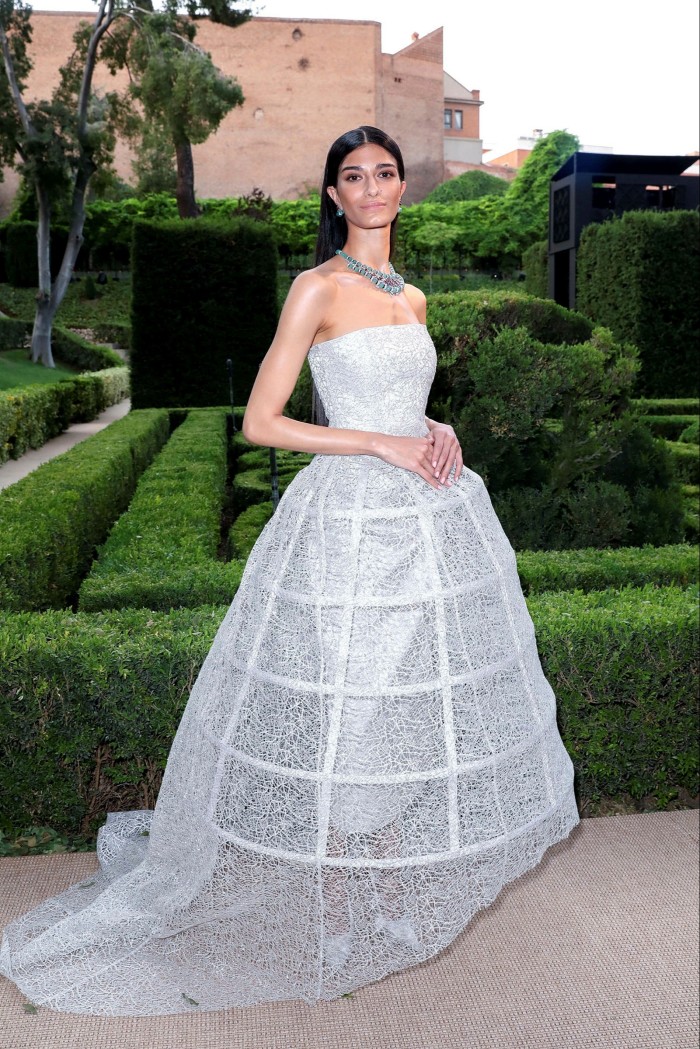
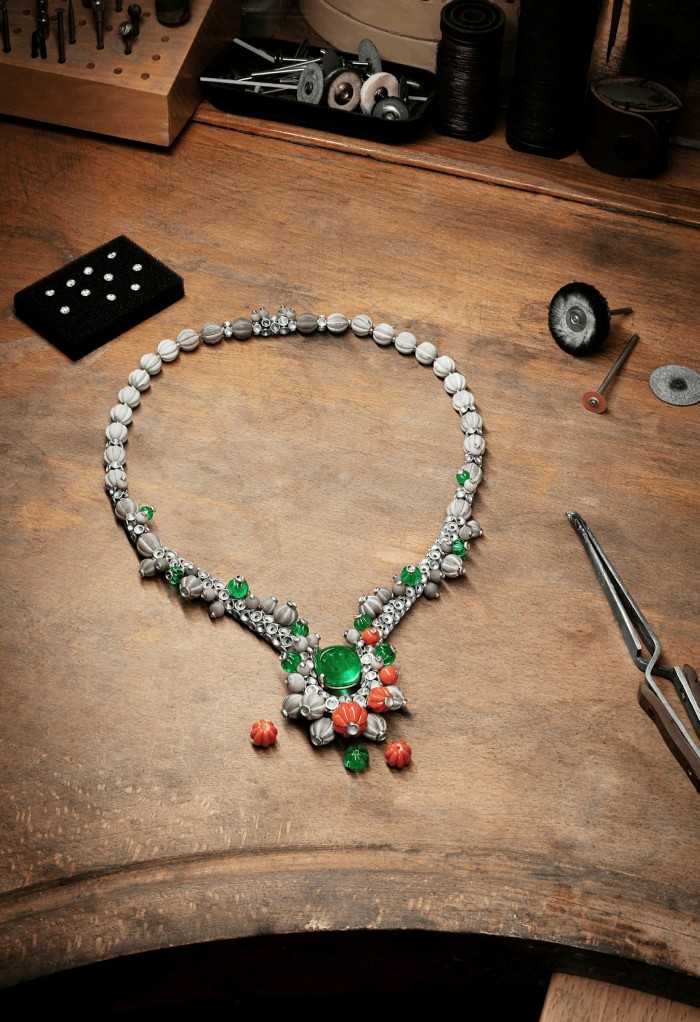
In addition to presenting 95 creations from Beautés du Monde, Cartier showcased 420 jewels. These included past high jewellery creations and restored vintage pieces, as well as important archival jewels, such as the 1966 snake necklace that was commissioned by the late actress María Félix, set in the colours of her native Mexico.
There was a room dedicated to Cartier’s bespoke service, with a lapidarist, stone polisher and watchmaker also on site demonstrating their craft. The intention was to create a unique experience with an element of surprise, something that’s increasingly expected by clients, says Cartier chief executive Cyrille Vigneron.
“Our stores have to be designed less to show products that people know, and more to showcase what they don’t expect — to make things comfortable so they want to stay,” Vigneron says. “To be comfortable to talk, to hug, to drink and want to share experiences about what is important to them.”
Cartier has performed unexpectedly well during the pandemic — since 2019, sales have doubled both in the US and in China, says Vigneron. But brands, he underlines, need a clear identity, with desirability and visibility at the fore: “Identity is about being singular and doing something which says ‘only you could do it’. That’s the part which is difficult.”
Bulgari is increasingly influenced by tourism, giving the Roman jeweller a finger on the pulse in two industries.
Last month occasioned the launch of its nature-themed high jewellery collection in Paris — home to the latest Bulgari hotel and the seventh in the brand’s hospitality portfolio.
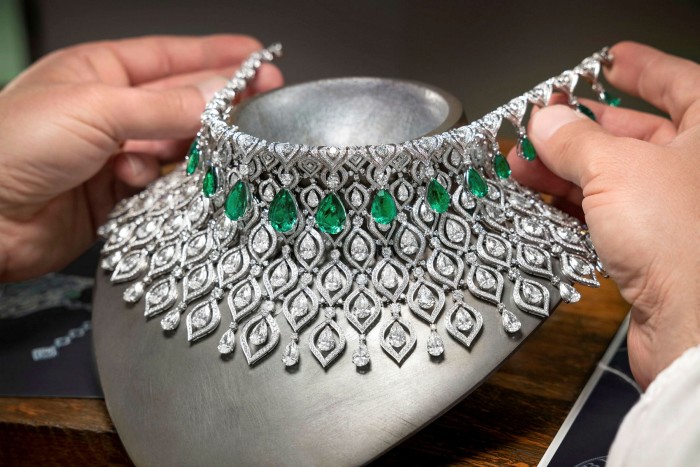
The presentation was hosted in its recently refurbished flagship on Place Vendôme, now Bulgari’s largest store in the world. “We have a hotel now so we can measure tourism,” says chief executive Jean-Christophe Babin. He adds that Paris is “blossoming”, thanks in particular to a strong dollar and American tourists.
The collection is among Bulgari’s most balanced in decades — in terms of stones and prices. Significant diamond and spinel designs complement the emerald ones, with Babin adding that jewels valued above €1mn, as well as the those between €500,000 and €1mn, are a focus. The latter, he says were “a bit under-represented last year — they were probably too many below €500,000 and too many above”.
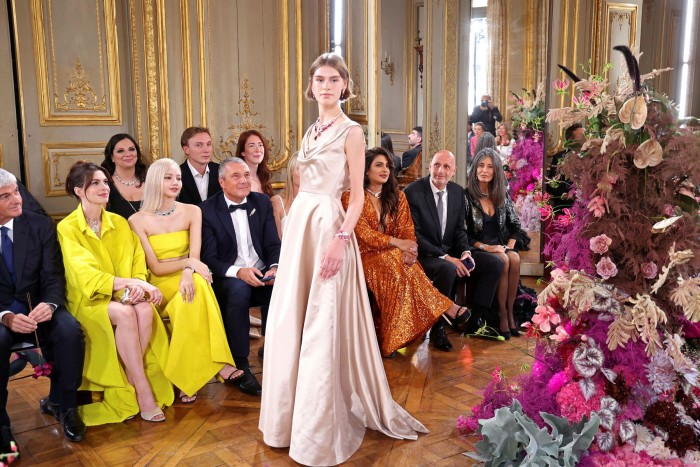
Not all brands are convinced that international gatherings are the way forward, though. Van Cleef & Arpels has staged experiential high jewellery events for some 20 years now — it is showing in Paris this week — with collections contextualised with their chosen destinations. But Nicolas Bos, president and chief executive of Van Cleef & Arpels, does not see the desire to travel returning to pre-pandemic levels.
“Travel is probably a less dedicated and obvious component of people’s lives,” Bos says, adding that smaller, more local gatherings are increasingly popular with his clients. “Proximity now is coming back as something appreciated as an asset.”
Piaget’s chief executive Benjamin Comar echoes the sentiment. Solstice, Piaget’s new high jewellery collection themed around illumination, was aptly launched in Paris — long known as the City of Light — last month, and only 18 new pieces were shown alongside some previous collections.
It is the first of three chapters that Piaget will unveil over the course of the year in a number of locations, as opposed to a large, singular event.
The smaller format, argues Comar, better reflects the craftsmanship and time required to create high jewellery, some pieces of which can take thousands of hours to complete.
The event was held at the 17th century Hôtel de Coulanges, today a destination for artists and designers and one that aligns with Piaget’s values, says Comar. “The goal is not to travel for the sake of travelling but to go to places that represent either the collection or the brand and its state of mind,” he says.
Comments